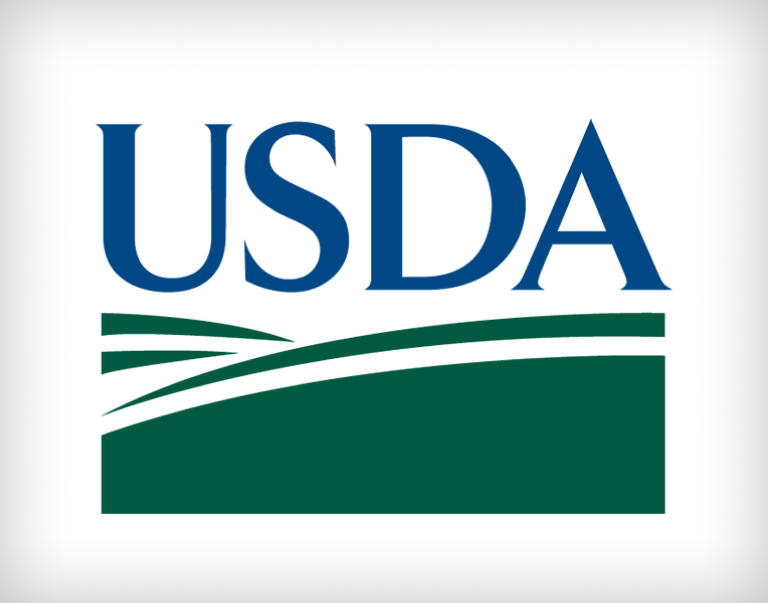
The objectives of sustainability include providing safe and nutritious food for all; providing decent incomes and wages for farmers and those working across the system; and conserving natural resources for the benefit of current and future populations.
Sustainable agricultural productivity growth is a foundational element in building more sustainable agricultural and food systems. Without it, our ability to meet current and future food needs, conserve natural resources, and support the long-term viability of agriculture is endangered.
For more information on what sustainable productivity growth is and why it is so important, see “Sustainable Agricultural Productivity Growth What, Why and How”
For information on joining with others to advance sustainable agricultural productivity growth, see the Coalition on Sustainable Productivity Growth for Food Security and Resource Conservation (the SPG Coalition).
At USDA, the advancement of more sustainable agricultural and food systems, including through sustainable productivity growth, is supported by holistic, science-based, data-driven decision-making and innovative solutions. Critical elements of this approach include:
- Science [English (PDF, 667 KB) | Spanish (PDF, 668 KB) | French (PDF, 667 KB) | Portuguese (PDF, 671 KB) | Italian (PDF, 680 KB) | Arabic (PDF, 830 KB)]
- Innovation [English (PDF, 550 KB) | Spanish (PDF, 591 KB) | French (PDF, 575 KB) | Portuguese (PDF, 554 KB) | Italian (PDF, 509 KB) | Arabic (PDF, 575 KB)]
- Place-based solutions [English (PDF, 781 KB) | Spanish (PDF, 726 KB) | French (PDF, 780 KB) | Portuguese (PDF, 716 KB) | Italian (PDF, 666 KB) | Arabic (PDF, 854 KB)]
- Systems approaches [English (PDF, 448 KB) | Spanish (PDF, 463 KB) | French (PDF, 464 KB) | Portuguese (PDF, 447 KB) | Italian (PDF, 469 KB) | Arabic (PDF, 732 KB)]







